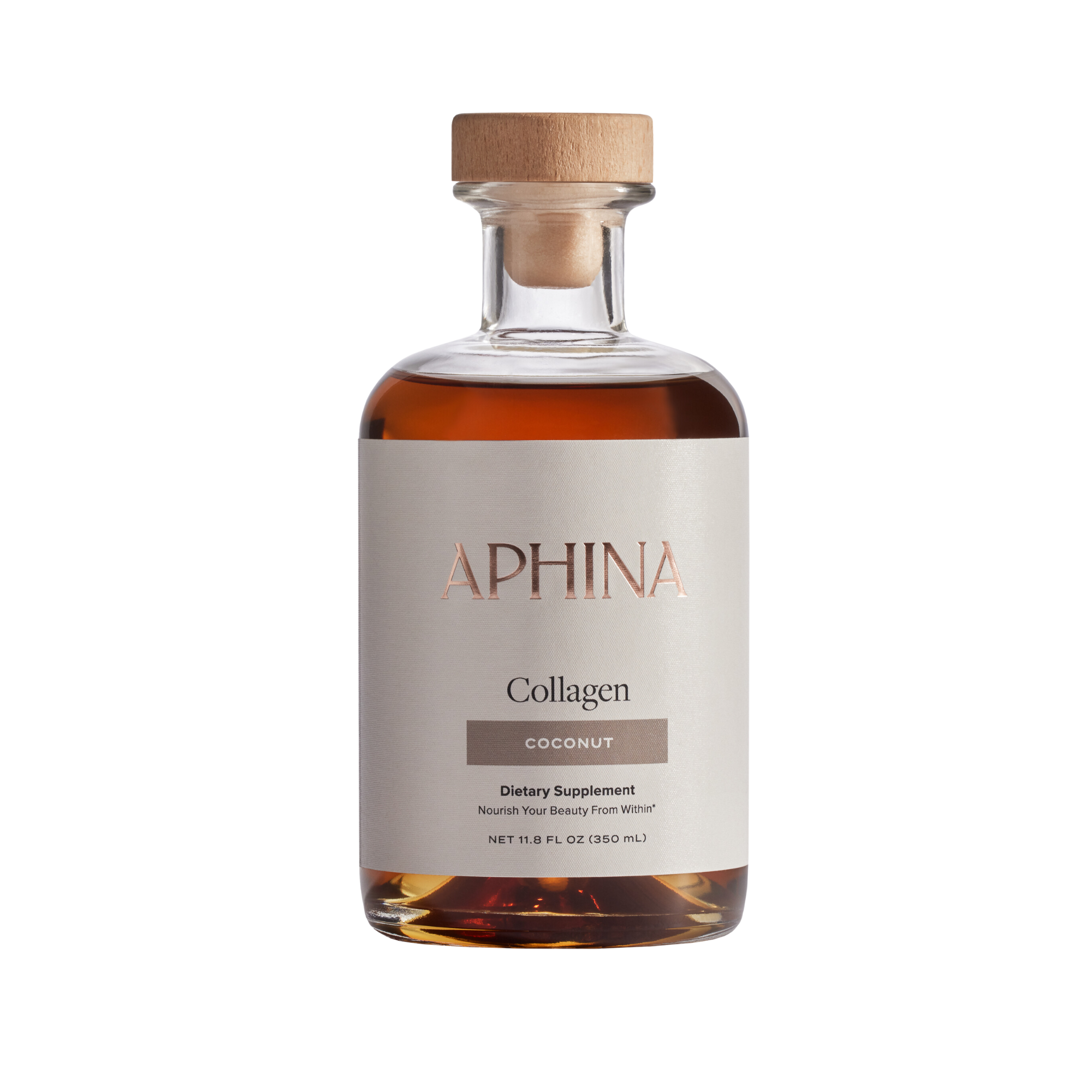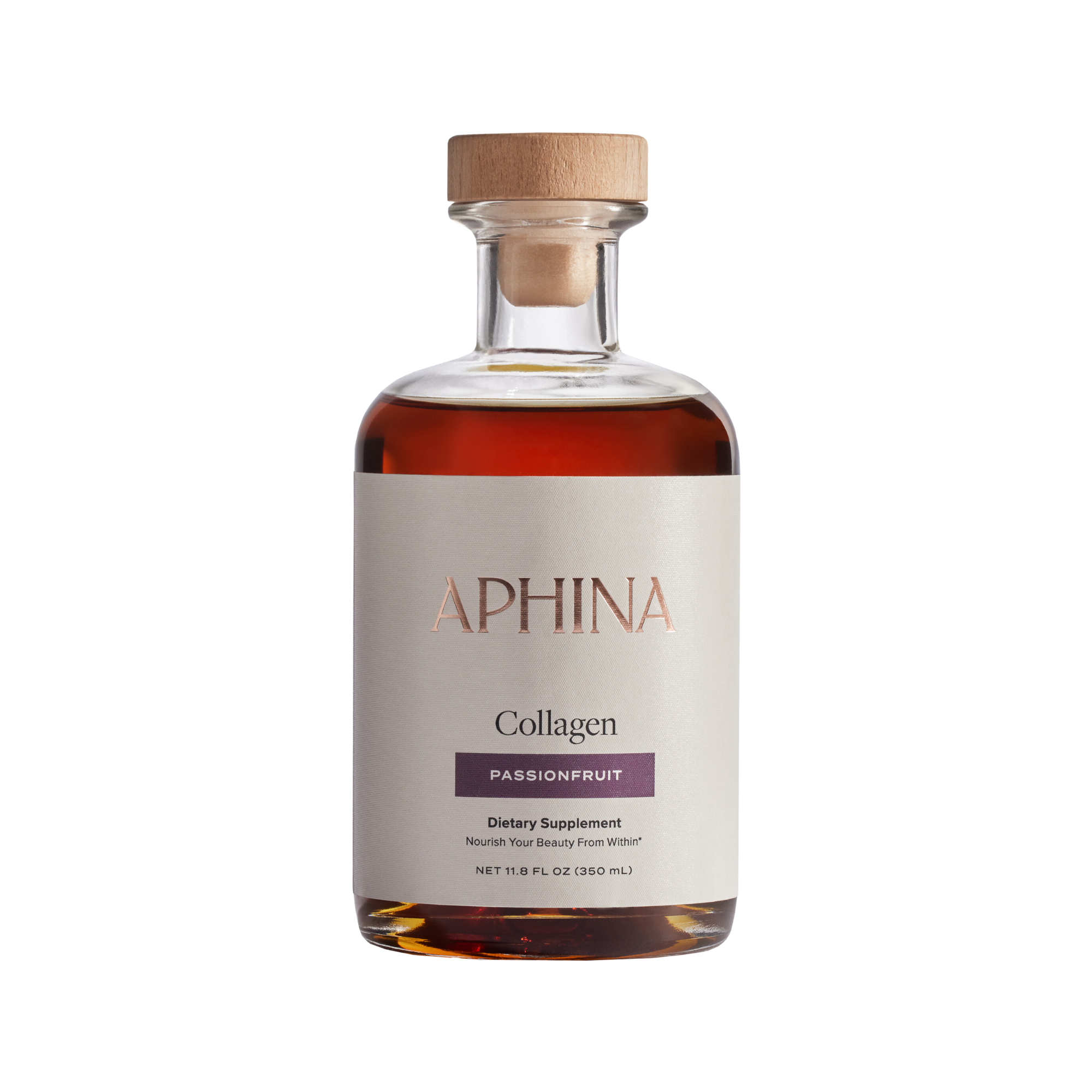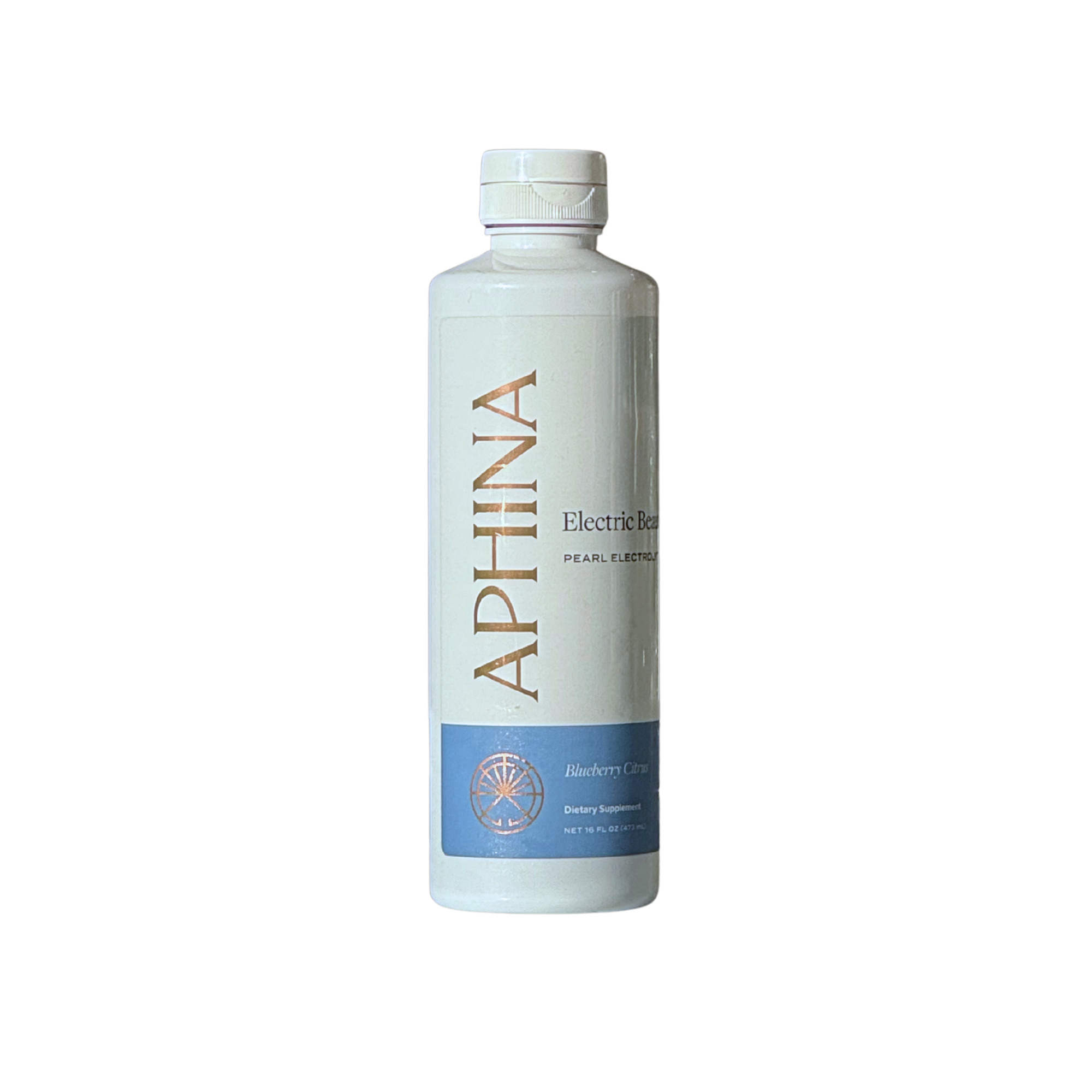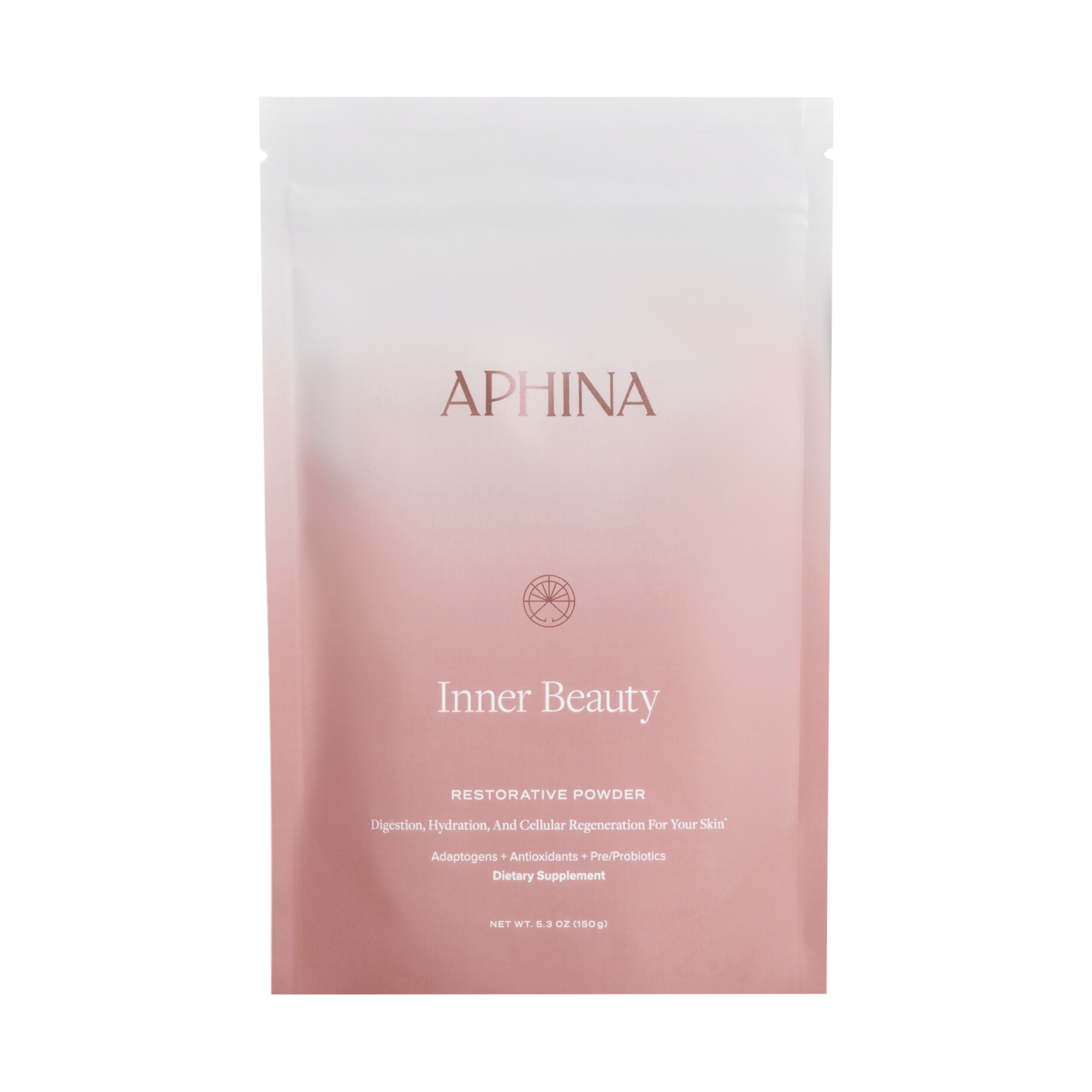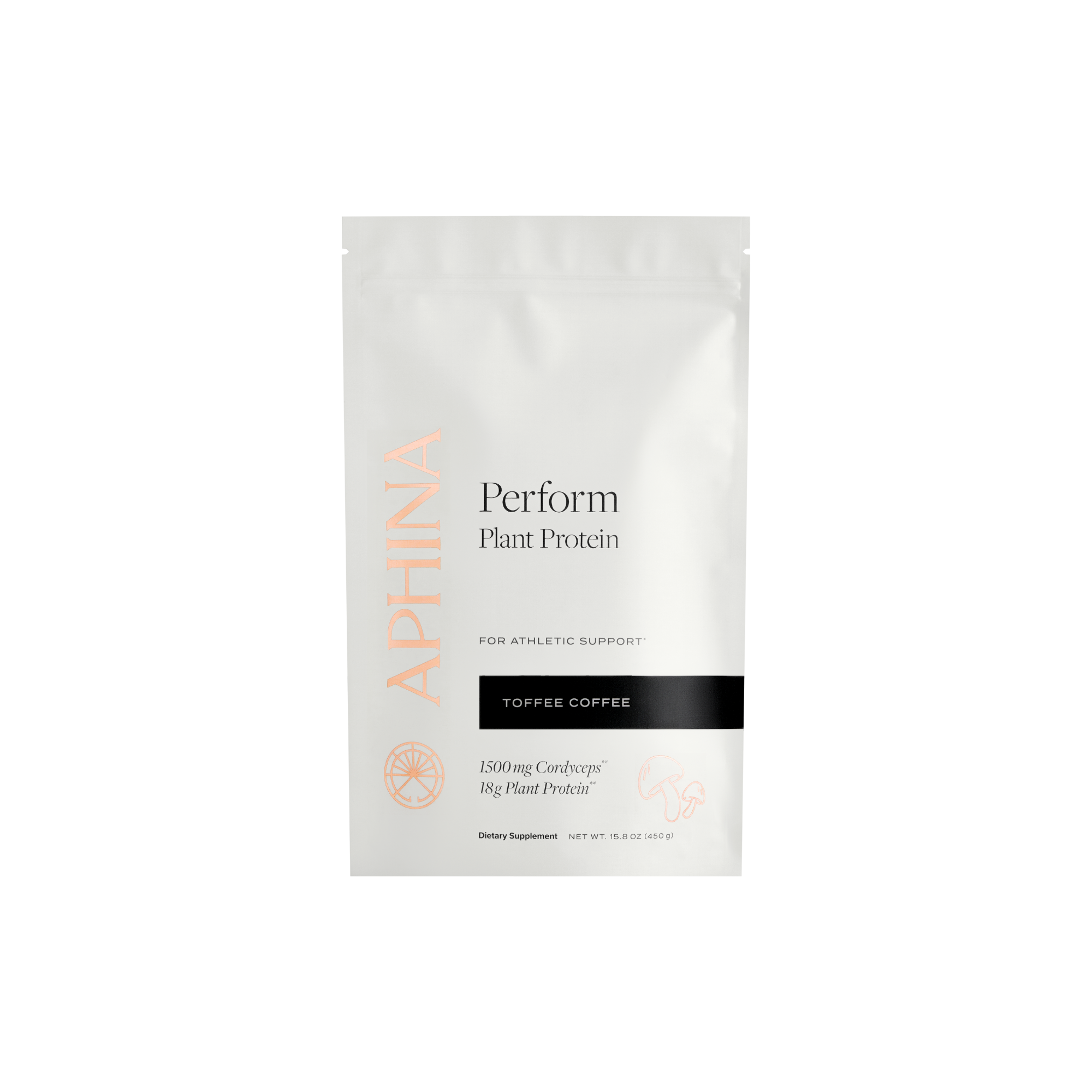Undoubtedly, you’ve been hearing a lot about “gut health” and the “gut-to-skin connection” lately, but you may be wondering what all of these buzz words actually mean.
In this series we’re going to shed some light on the ever-growing topics of gut health and the gut-to-skin connection. We’ll dig into the science behind the gut-to-skin connection to understand why to heal your skin, you need to first heal your gut.
We’ll begin to appreciate the utter beauty of our gut flora, learn what a “leaky gut” actually is and uncover ways to support the beautiful bacteria that keep our gut and skin working in perfect harmony. Prepare to be dazzled!
The gut-to-skin connection is a growing area of research among the scientific community with dozens of new papers being published regularly. We’ve poured through the science and distilled it down so that you get top notch content in a way that actually makes sense!
Let’s get to it. Let’s start first with the basics. Our Gut Flora.
Understand Our Gut Flora: A Beautiful Diversity of Species
Our gut flora (a.k.a. gut microbiota) is the term for the diverse group of wonderful, “good” bacteria living in our intestines (a.k.a our gut). Our guts contain at least 1000 different bacterial species, all of which are incredibly important for preserving our body’s delicate balance. These bacteria help break down the foods we eat into smaller chemical forms that our bodies can use. Our gut flora:
- Influence our skin health
- Improve our immunity
- Protect us from toxins
- Produce vitamins and minerals
- Improve our mental health
- And so much more…
Given our gut flora’s incredible importance, you can imagine what happens in our bodies when our gut flora is unbalanced. When we do not have the proper diversity of species in our gut, havoc ensues. The best case scenario here is that we suffer bloating, indigestion, inflammation, food intolerances and fatigue, to name a few. The worst case, is that we’re more susceptible to pathogenic, “bad” bacteria taking up home in our gut, making us very sick.
Our Gut Flora: It’s Wonderful until it Isn’t – Meet the “Leaky Gut”
Ideally, our gut flora should be living in harmony, perfectly orchestrating our body’s every need. However, every day stressors can upset our gut flora, impacting the diversity and health of the myriad of species. These disruptors include:
- Alcohol
- Caffeine
- Stress
- Environmental toxins
- Processed foods
- Broad-spectrum antibiotics
A disrupted gut flora can lead to a “leaky gut” which can impact:
- Skin: acne, rosacea, hives, eczema and inflammation
- Brain: anxiety, memory, headaches and depression
- Immune system: inflammation, autoimmune diseases and food allergies
- Gut: bloating, constipation, gas, diarrhea and nutrient deficiencies
Let’s dig a little deeper.
The Leaky Gut – What it actually is
Firstly, I want to point out something that you may or may not know, to ensure there's no contention; for quite some time, the medical community actually disregarded “leaky gut”, touting that it wasn’t even an actual health issue, just some other syndrome recognized only by alternative/naturopathic health practitioners. Turns out, they were incorrect in their judgement. There is significant, and mounting scientific evidence now available that has shown that “leaky gut” is absolutely no joke.
Ok. Leaky Gut. This is about to get a little science-y, so bear with me, I think you’ll find it interesting!
A leaky gut is what happens when our intestinal barrier, or “gut wall” breaks down, allowing unwanted particles to enter our bloodstream – toxins, bacteria and undigested food.
Our gut wall is made up of tightly packed cells held together. A great way to visualize this is to think of a brick wall – the bricks are packed tightly with mortar to keep everything nicely in place. As the integrity of the mortar breaks down, small cracks and holes develop in the wall. Effectively, this is what happens with a leaky gut – the cells of the gut wall aren’t held together as tightly as they need to be and so those nasty unwanted particles make their great escape into your blood stream, leading to all of the unwanted consequences, like skin inflammation, that we talked about above.
Gut Health: The Takeaways
We’ve covered a lot in this article so let’s review the 2 major takeaways.
- Your gut (intestines) are home to many wonderful bacteria that keep our bodies working in perfect harmony
- Everyday disruptors like caffeine and stress can upset our gut flora and lead to a leaky gut which impacts our skin, immunity and so much more.
As you can see, our gut health is exceptionally important for our overall health, particularly our skin health. In the next article of this series, we’ll look at the specific ways that our skin health is connected to our gut health.
We'd love to hear from you! Have you ever experienced "leaky gut" symptoms? Do you have anything to add to the topic of gut health or have any questions? Please leave us your comments!
References
Collen, Alanna. (2015) 10% Human: How Your Body’s Microbes Hold the Key to Health and Happiness. New York City, NY: HarperCollins
Peng, L, Li, Z, Green, R.S., Holzman, I.R. & Lin, J. (2009). Butyrate Enhances the Intestinal Barrier by Facilitating Tight Junction Assembly via Activation of AMP - Activated Protein Kinase in Caco-2 Cell Monolayers. The Journal of Nutrition. 13(9), 1619–1625.
Reasoner, Jordan. (2019, January 10). Leaky Gut Syndrome in Plain English. Retried from: https://scdlifestyle.com/2010/03/the-scd-diet-and-leaky-gut-syndrome/

